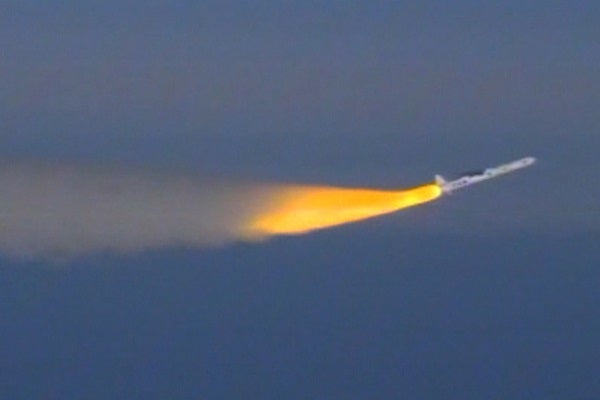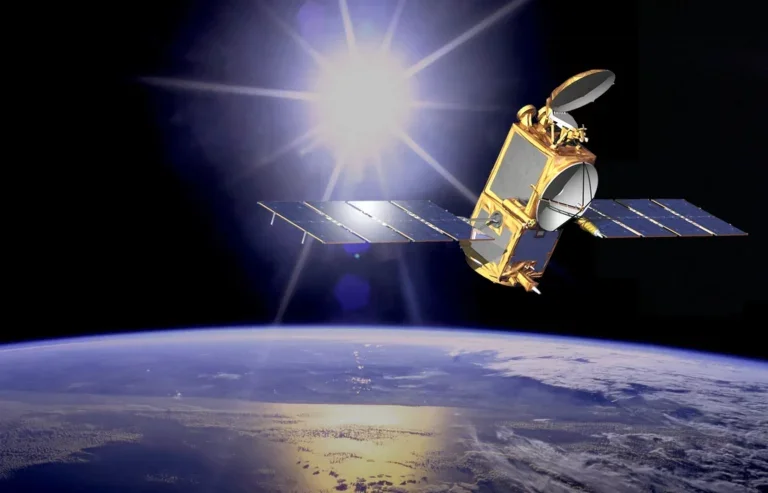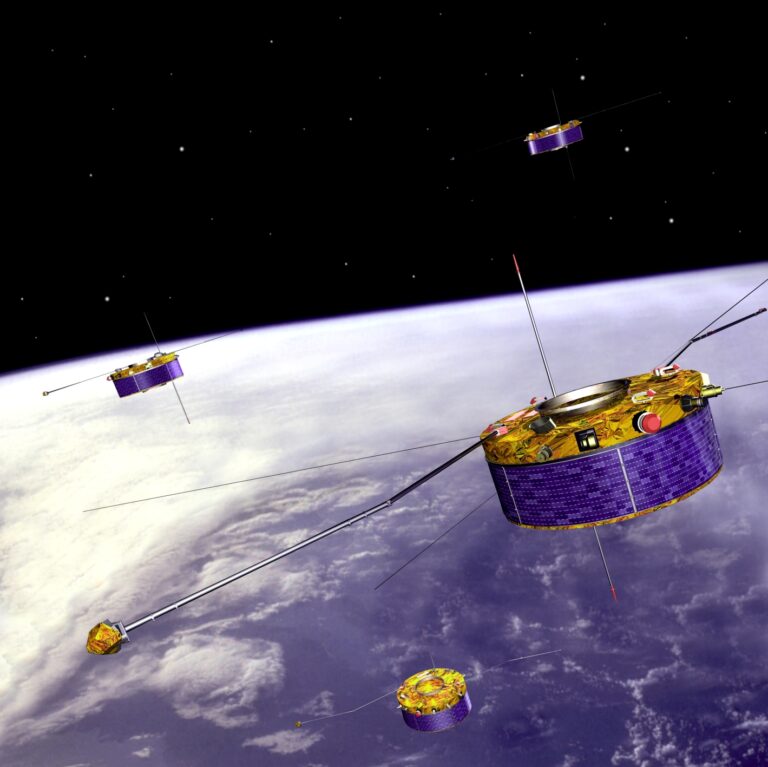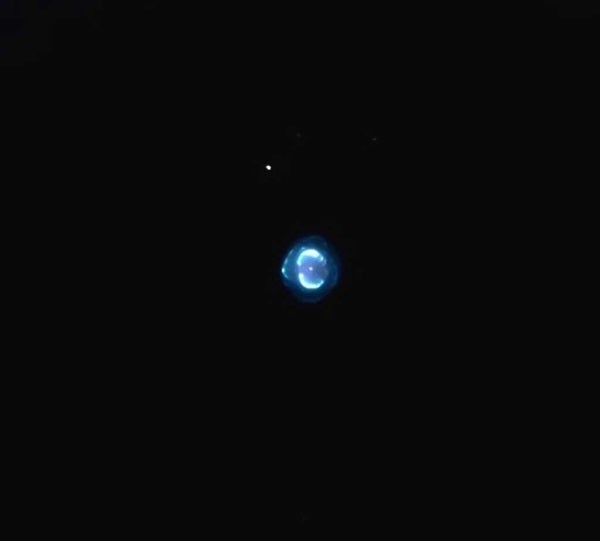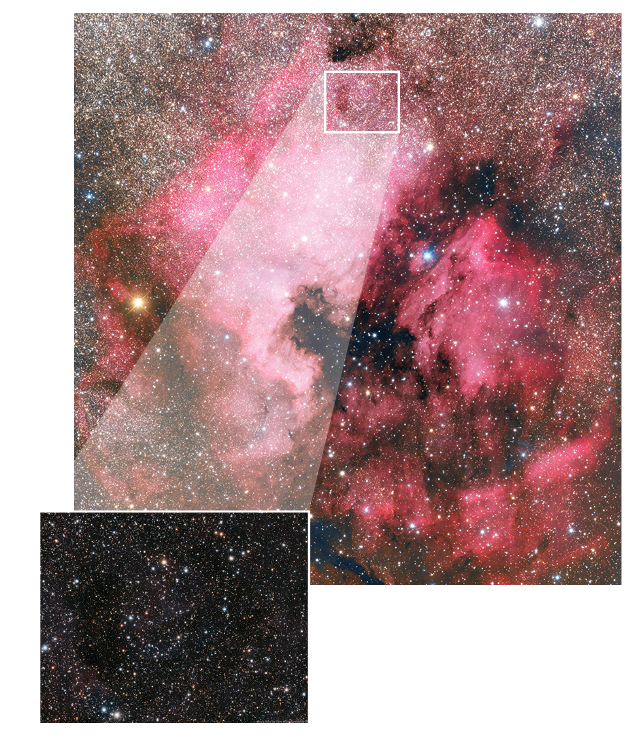“We are thrilled to add IRIS to the suite of NASA missions studying the Sun,” said John Grunsfeld, NASA’s associate administrator for science in Washington, D.C. “IRIS will help scientists understand the mysterious and energetic interface between the surface and corona of the Sun.”
IRIS is a NASA Explorer Mission to observe how solar material moves, gathers energy, and heats up as it travels through a little-understood region in the Sun’s lower atmosphere. This interface region between the Sun’s photosphere and corona powers its dynamic million-degree atmosphere and drives the solar wind. The interface region also is where most of the Sun’s ultraviolet emission is generated. These emissions impact the near-Earth space environment and Earth’s climate.
The Pegasus XL carrying IRIS was deployed from an Orbital L-1011 carrier aircraft over the Pacific Ocean at an altitude of 39,000 feet (11,900 meters) off the central coast of California about 100 miles (160 kilometers) northwest of Vandenberg. The rocket placed IRIS into a Sun-synchronous polar orbit that will allow it to make almost continuous solar observations during its two-year mission.
The L-1011 took off from Vandenberg at 9:30 p.m. EDT and flew to the drop point over the Pacific Ocean, where the aircraft released the Pegasus XL from beneath its belly. The first stage ignited five seconds later to carry IRIS into space. IRIS successfully separated from the third stage of the Pegasus rocket at 10:40 p.m EDT. At 11:05 p.m. EDT, the IRIS team confirmed the spacecraft had successfully deployed its solar arrays, has power, and has acquired the Sun, indications that all systems are operating as expected.
“Congratulations to the entire team on the successful development and deployment of the IRIS mission,” said Gary Kushner of the Lockheed Martin Solar and Atmospheric Laboratory in Palo Alto, California.“ Now that IRIS is in orbit, we can begin our 30-day engineering checkout followed by a 30-day science checkout and calibration period.”
IRIS is expected to start science observations upon completion of its 60-day commissioning phase. During this phase, the team will check image quality and perform calibrations and other tests to ensure a successful mission.

